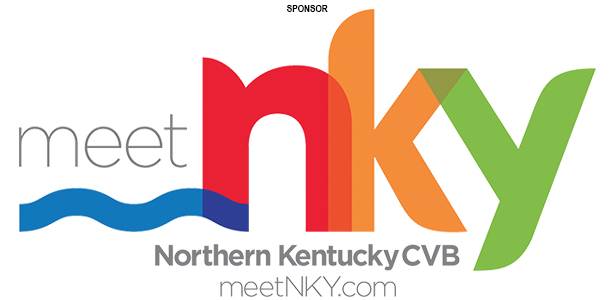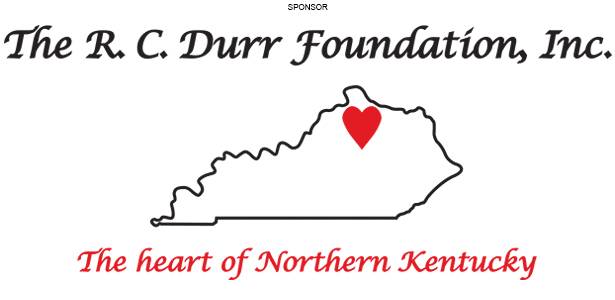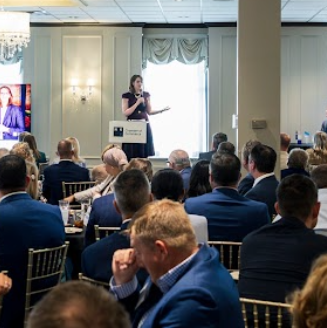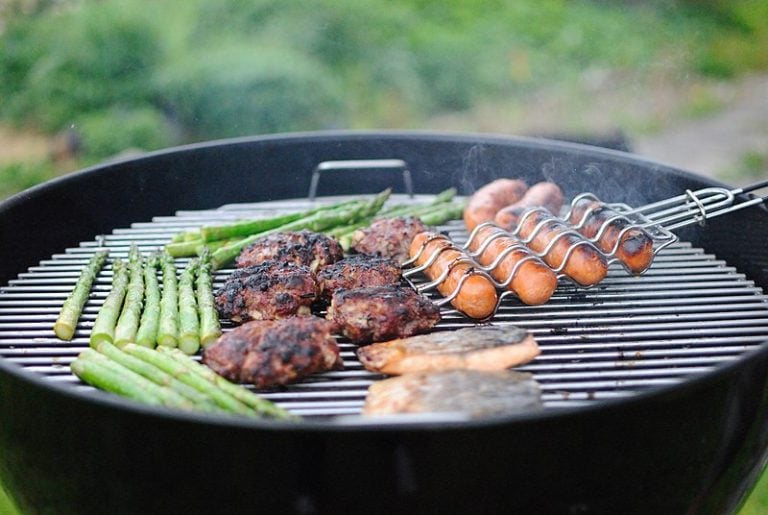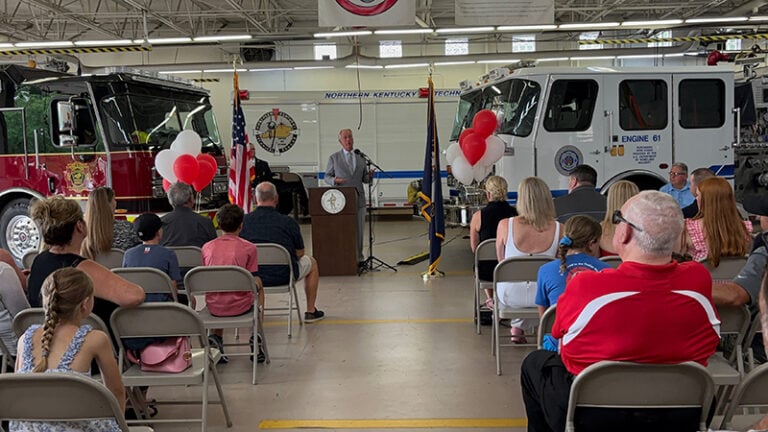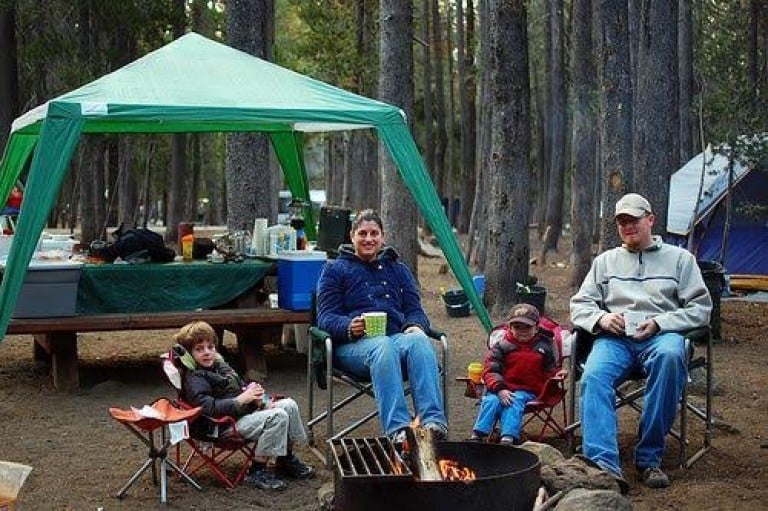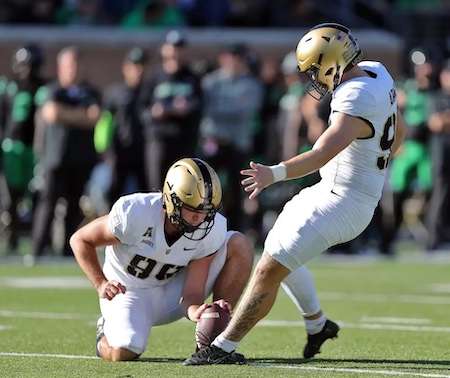
Imagine dining at a local restaurant and just as you are about to take a bite out of that tasty entrée, a car comes crashing through the front of the restaurant, plowing into your table and sending you to the hospital. Or imagine stopping at a local convenience store to buy a gallon of milk and you meet the same fate.
If you think it sounds improbable, think again. Such incidents occur, on average, 60 times a day according to the Storefront Safety Council.
In Lexington, there have been several recent incidents in which a vehicle crashed into commercial businesses, restaurants and even a hotel. (Who could forget the Fairfield Inn incident a few months back?)
The most severe incident in Lexington occurred when an SUV driven by an alleged drunk driver came crashing into a bar called the Beer Trappe on Euclid Avenue in September, injuring seven including one critically. A couple of weeks before that, a semi crashed into a gas station on North Broadway.
Then in April of 2014, an elderly man that was pulling out of the Shell gas-station car wash, mistook the accelerator for the brake and rolled downhill and into the side of Rooster’s restaurant at Man’O’War Blvd and Nicholasville Road. Luckily this occurred a little after the lunch rush and didn’t hurt anyone.
The Storefront Safety Council, working with the Texas Traffic Institute at Texas A&M University, examines and researches hundreds of anecdotal and media reports, court records and published studies covering thousands of accidents. They determined that such crashes are far more frequent and far more expensive for businesses and insurers than many realize. These type of incidents are referred to as “Storefront Crashes” and at least 500 Americans die annually as a result. Plus, with an average of 20,000 incidents a year, associated costs reach hundreds of millions of dollars.
According to a pending lawsuit referenced on the Storefront Safety Council website — Cumberland Farms, one of the nation’s biggest privately held businesses, alone had 485 “car strikes’’ from 2000 through 2009 at its 500-plus East Coast convenience stores. Likewise, 7-Eleven once disclosed having more than 1,500 incidents over a seven-year period. In recent years, crashes into store property also have occurred repeatedly at other big-name chains, including Starbucks and Dunkin’ Donuts.
Even if nobody is injured, there is always property damage that the National Safety Council estimates to cost $9,100 per crash.
Many of these establishments offer nose-end parking with as little as a concrete curb as a barrier, which is nothing more than a disaster waiting to happen. The sad fact is that many of these injuries and fatalities could be prevented with a little more risk management planning by such establishments. For a reasonable cost — $10,000 or less — barriers known as safety bollards could be installed, yielding customers, employees and nearby pedestrians enough fortification to protect them from vehicles that may otherwise jump a curb and plow into a store.
These safety barriers are constructed of steel and filled with concrete and are what you normally see outside most box retails stores and government buildings. While many other retail outlets, restaurants, offices, convenient stores, gas stations and shops have failed to catch on to this preventive measure, storefront accidents continue to occur.
In the utopia state, architectural firms should take the lead and begin taking into account traffic patterns and parking demands when designing newly constructed buildings. Local officials should also look to set new safety code enforcement standards on all new construction at the very least, but they should also lbegin requiring business owners to gradually better protect their employees and customers from storefront accident incidents.
Because of the lack of local codes and ordinances, Texas A&M’s Texas Transportation Institute started to conduct tests to help determine what type of barriers are best to protect the general public. With the help of Rob Reiter, co-founder of Storefront Safety Council, they were able to create a new ASTM safety standard. The ASTM F-3016 test standard is a “Test Method for Low Speed Barriers for Errant Vehicles” (F3016-2014) – sets parameters for bollards, barriers and other devices most often seen protecting storefronts and high-traffic pedestrian areas. As a result, it will give architects, property owners and local officials the tools to specify and install effective measures to reduce these unnecessary accidents.
In the litigious society in which we live, business and property owners are being held liable even if the driver that crashed into an establishment had adequate insurance. Because a good attorney will try to prove that you had a “duty of care” to protect your customers and should have been aware of such hazards, leaving it in the hands of a jury to decide your degree of foreseeability and duty, which could leave you paying a large award to the plaintiff.
Any good risk manager for a commercial establishment where such incidents are occurring on a frequent basis, should be able to establish a ROI for installing safety barriers at the front of their stores, once they add up the math for future savings and the potential risk exposure to their company’s bottom-line.
The issue is that all these all of these storefront crashes, injuries and fatalities all add up to a titanic foreseeable risk that can quickly turn into a sizeable premise liability claim that could easily exceed the limits of liability. So as your local riskologist, it is my suggestion that follow my advice by implementing an ounce of prevention to realize the worth of a pound of cure.
Be safe, my friends.
 Keven Moore is director of Risk Management Services for Roeding Insurance (www.roedinginsurance.com). He has a bachelor’s degree from University of Kentucky, a master’s from Eastern Kentucky University and 25-plus years of experience in the safety and insurance profession. He lives in Lexington with his family and works out of both the Lexington and Northern Kentucky offices. Keven can be reached at kmoore@roeding.com.
Keven Moore is director of Risk Management Services for Roeding Insurance (www.roedinginsurance.com). He has a bachelor’s degree from University of Kentucky, a master’s from Eastern Kentucky University and 25-plus years of experience in the safety and insurance profession. He lives in Lexington with his family and works out of both the Lexington and Northern Kentucky offices. Keven can be reached at kmoore@roeding.com.
Click here to read more columns from Keven Moore.

